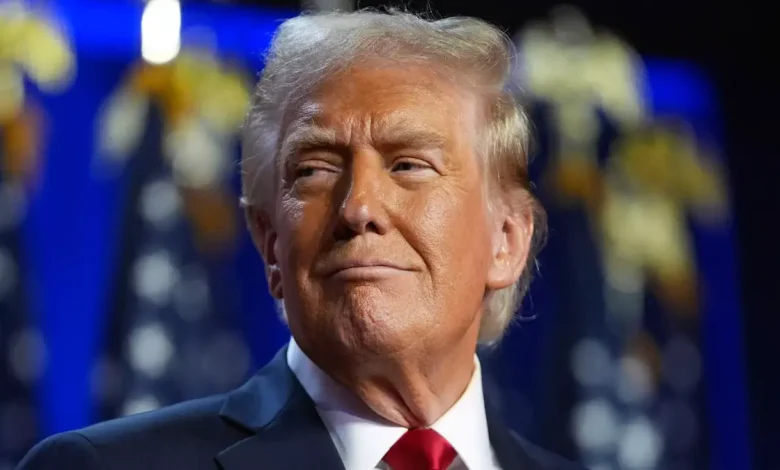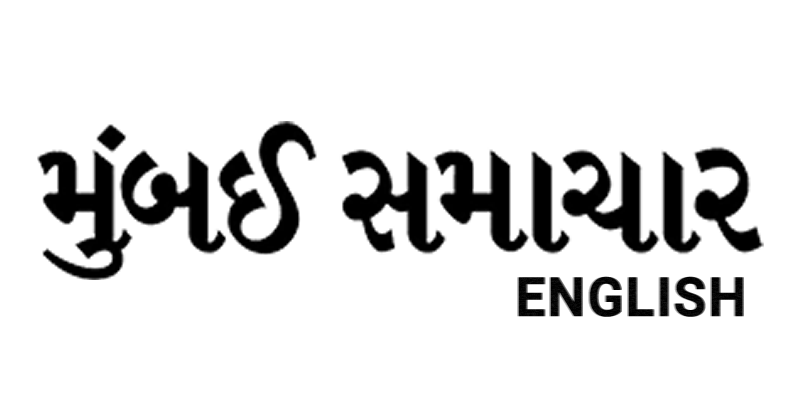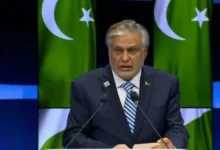“Eight Jets Downed”: Trump Tweaks Dramatic Tally in Familiar India-Pakistan Peacemaking Tale

Miami – Former U.S. President Donald Trump has once again touted his supposed role in halting hostilities between India and Pakistan, this time updating a central detail in his oft-repeated narrative: the number of fighter jets allegedly downed in the skirmish has jumped from seven to eight.
Speaking at the America Business Forum in Miami on Tuesday, Trump framed the episode as one of eight global conflicts he personally resolved since entering office, alongside tensions in Kosovo-Serbia and Congo-Rwanda. He positioned himself as a decisive force for international stability, weaving the India-Pakistan story into a broader pitch for his deal-making prowess.
The account unfolded like this: Amid negotiations for a trade agreement with both nations, Trump said he spotted headlines signaling an imminent war. “I was in the midst of a trade deal with India and Pakistan, and then I read on the front page of a certain newspaper… I heard they were going to war. Seven planes were shot down, and the eighth was badly wounded. Eight planes were shot down essentially,” he recounted. “I said, this is war, and they are going at it. They are two nuclear nations. I said, ‘I’m not going to make any trade deals with you guys unless you agree to peace.'”
ALSO READ : Nicest Looking Guy : Trump Lauds PM Modi; Repeats India-Pak Ceasefire Claim
According to Trump, officials from Delhi and Islamabad initially pushed back, insisting the dispute bore no relation to commerce. “The two nations said ‘No way. This has nothing to do…’ I said, ‘It has everything to do. You are nuclear powers. I’m not trading with you. We’re not making any deals with you if you’re at war with each other,'” he continued. By the following day, he claimed, a phone call arrived confirming a truce. “I said, ‘Thank you. Let’s do trade.’ Isn’t that great? Without tariffs, that would have never happened,” Trump added, drawing applause from the audience.
This iteration marks a subtle shift from Trump’s prior tellings, where he consistently cited seven downed aircraft. The underlying assertion—that the U.S. orchestrated the May 10 ceasefire through high-stakes economic pressure—remains unchanged, despite repeated debunkings.
Indian officials have firmly rejected the mediation narrative, stating the de-escalation came after Pakistani military leaders urgently requested a halt to Indian operations. New Delhi emphasized that no Washington involvement shaped the outcome, a stance it has maintained since the events unfolded.
The clash stemmed from India’s Operation Sindoor airstrikes on May 7, targeting terrorist facilities deep within Pakistan and Pakistan-occupied Kashmir. The action responded to the brutal killing of 26 civilians in Jammu and Kashmir’s Pahalgam district by militants backed by Islamabad. Four days of intense cross-border artillery exchanges and missile volleys followed, culminating in Pakistan’s plea for an end to the fighting.
Trump’s persistence with the story is notable; sources indicate he has invoked the India-Pakistan “peace” at least 60 times since May, undeterred by official contradictions from India. As he campaigns for a potential return to the White House, such anecdotes continue to underscore his self-styled image as a unilateral resolver of world crises.




